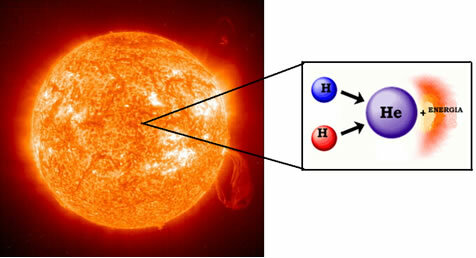The term mixtures refers to the union of two or more different substances. In nature and especially in the products we use in our daily lives, there are several mixtures. However, it is often necessary to separate its components, a process that may require the use of laboratory equipment.
O bromine funnel, or separating funnel, or even a decanting funnel, is one of the equipment that can be used to separate mixtures. This funnel is a glass container that has a valve that controls the outflow of material. It is noteworthy that separating mixtures with a bromine funnel is only effective on specific types of mixtures.

Laboratory equipment used to perform separation of components from mixtures
Before explaining in more detail how the mixtures are separated in a bromine funnel, A quick explanation of the general characteristics of the mixtures and the substances that make up.
Regarding classification, mixtures can be homogeneous or heterogeneous. Homogeneous mixtures are those that have only a single phase; and heterogeneous mixtures are those that have two or more phases.
For separate mixtures with a bromine funnel, we must have a heterogeneous type mixture formed by immiscible liquids. The mixture in question is formed by liquids that do not dissolve and have different densities. An example is water mixed with oil.
Do not stop now... There's more after the advertising ;)
When we mix water with oil, we can observe that they do not dissolve and that one liquid is positioned over the other (in this case, the oil over the water). This happens because between these two liquids there is no solubility and they have different densities, water being denser than oil.
To separate the components of a heterogeneous mixture in the bromine funnel, it is necessary to add the mixture to the funnel and wait for decant (rest of the mix). During decantation, the densest material is positioned at the bottom and the least dense, at the top.
After the decantation period, just open the valve in the lower region of the bromine funnel so that the denser liquid falls into another container. When the less dense liquid reaches the valve region, just close it. This way, we will have the denser liquid in another container and the less dense liquid inside the bromine funnel.

Representation of a separation of mixtures with a bromine funnel
By Me. Diogo Lopes Dias
Would you like to reference this text in a school or academic work? Look:
DAYS, Diogo Lopes. "Separation of mixtures with a bromine funnel"; Brazil School. Available in: https://brasilescola.uol.com.br/quimica/separacao-misturas-com-funil-bromo.htm. Accessed on June 28, 2021.

